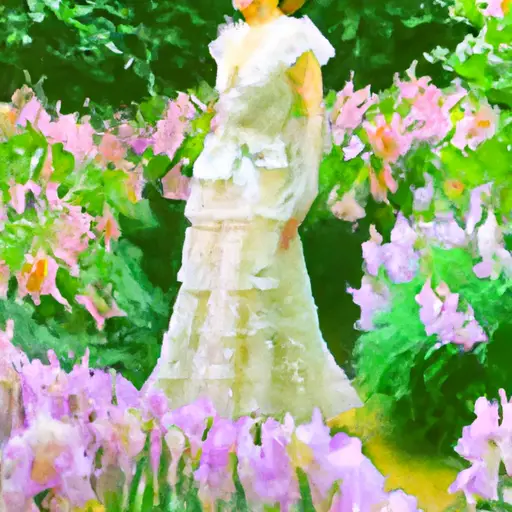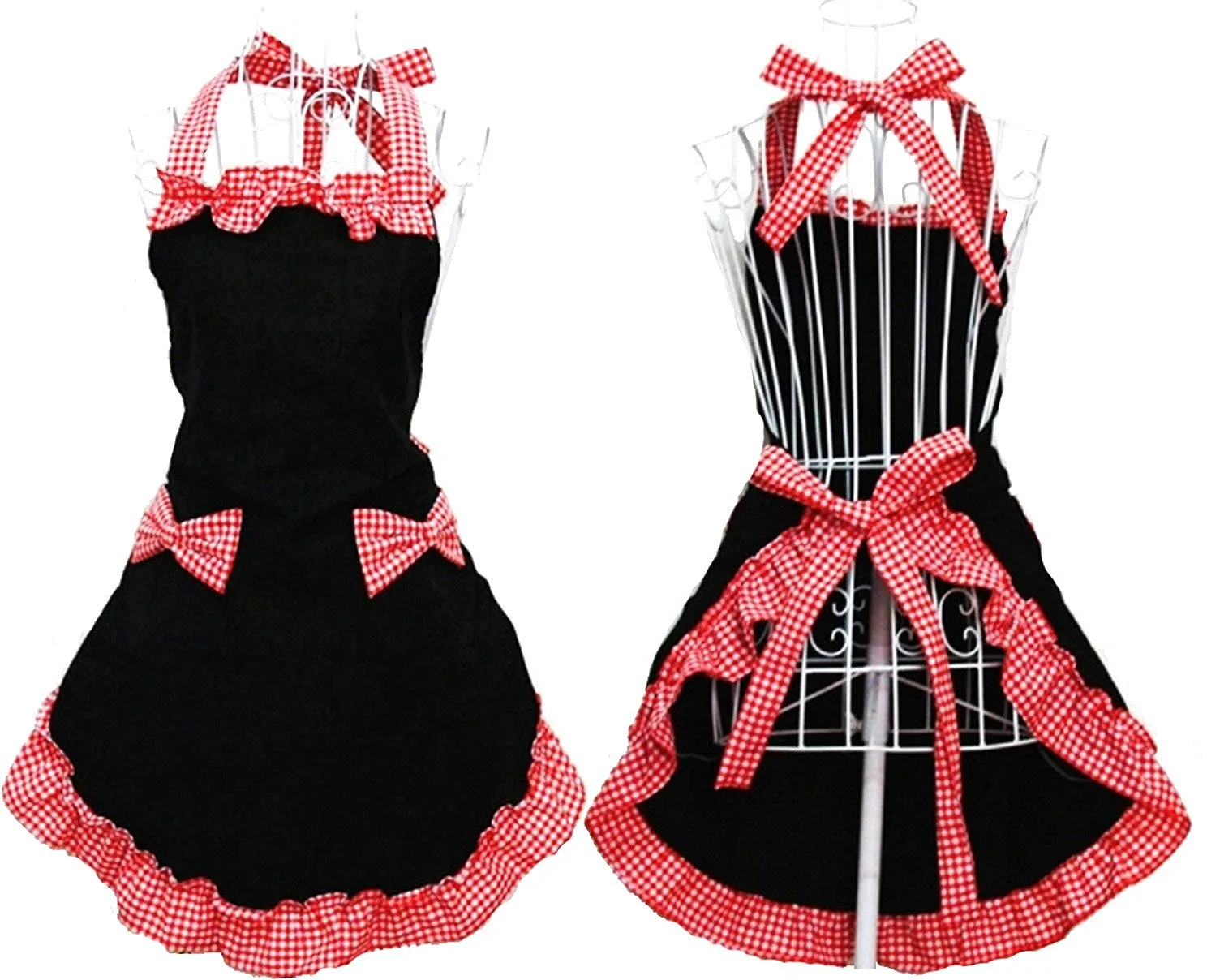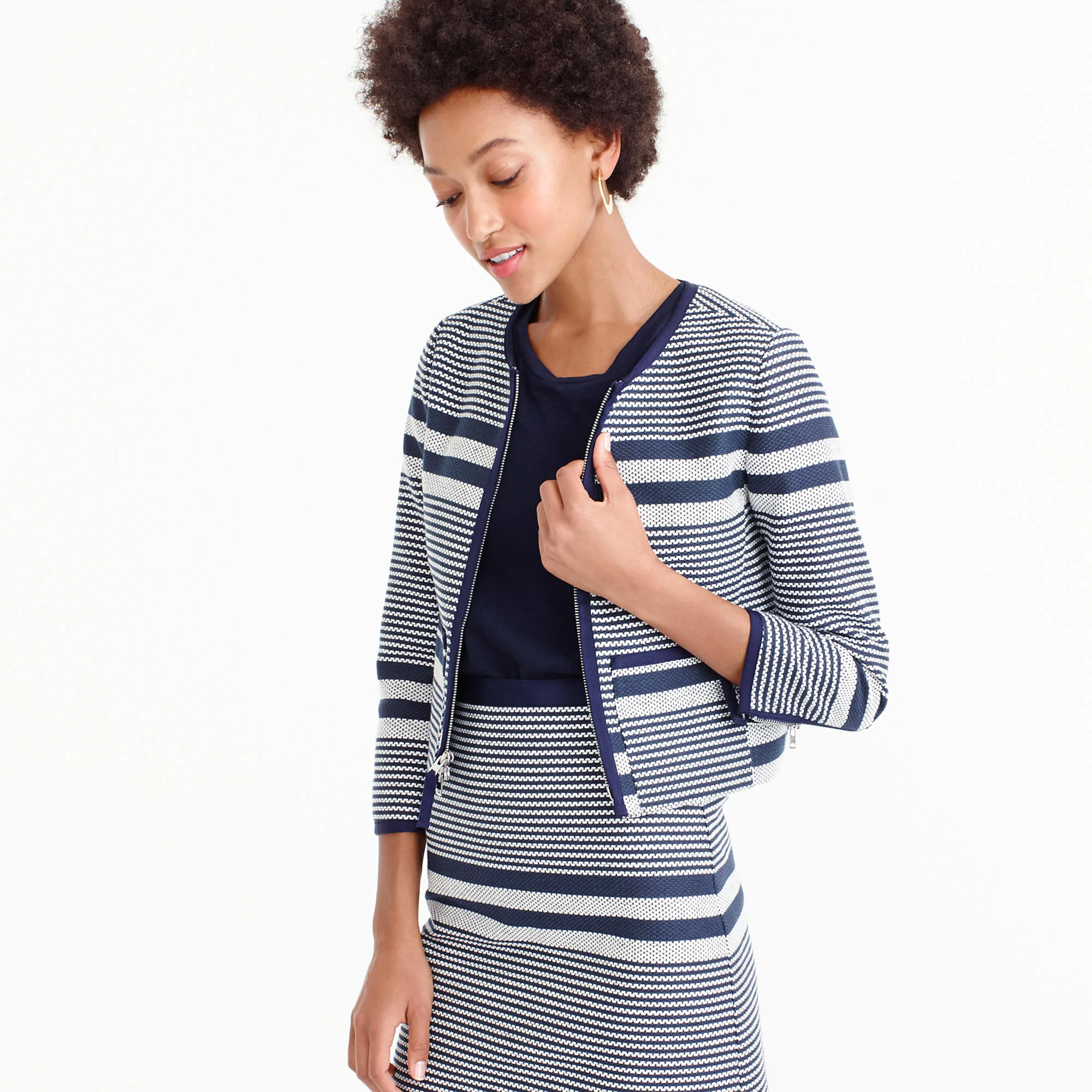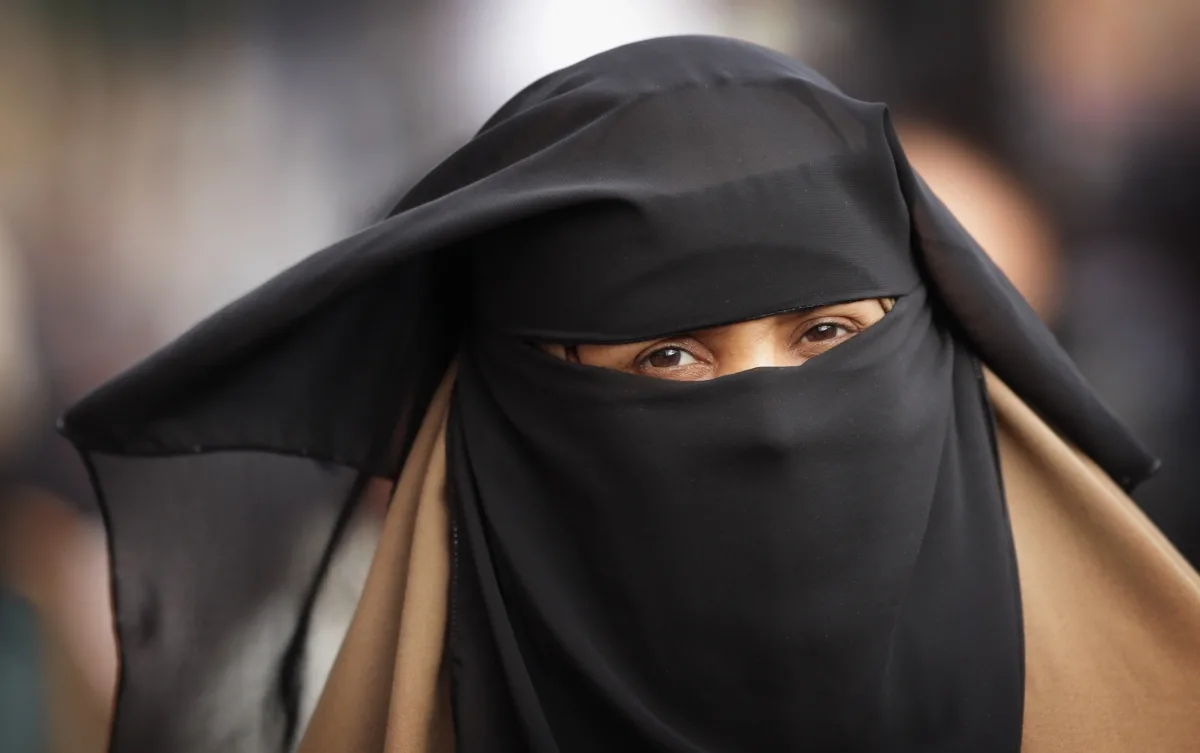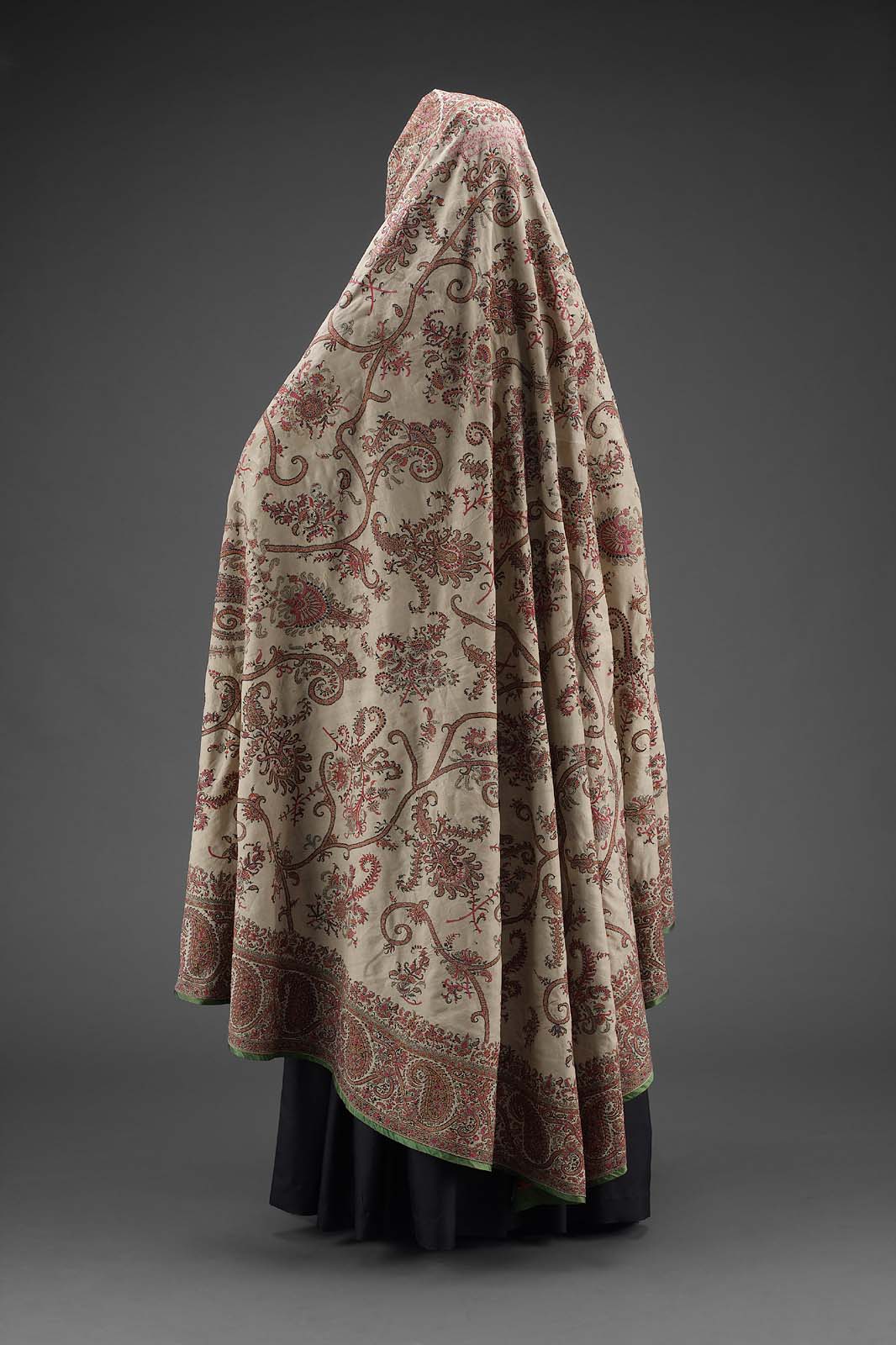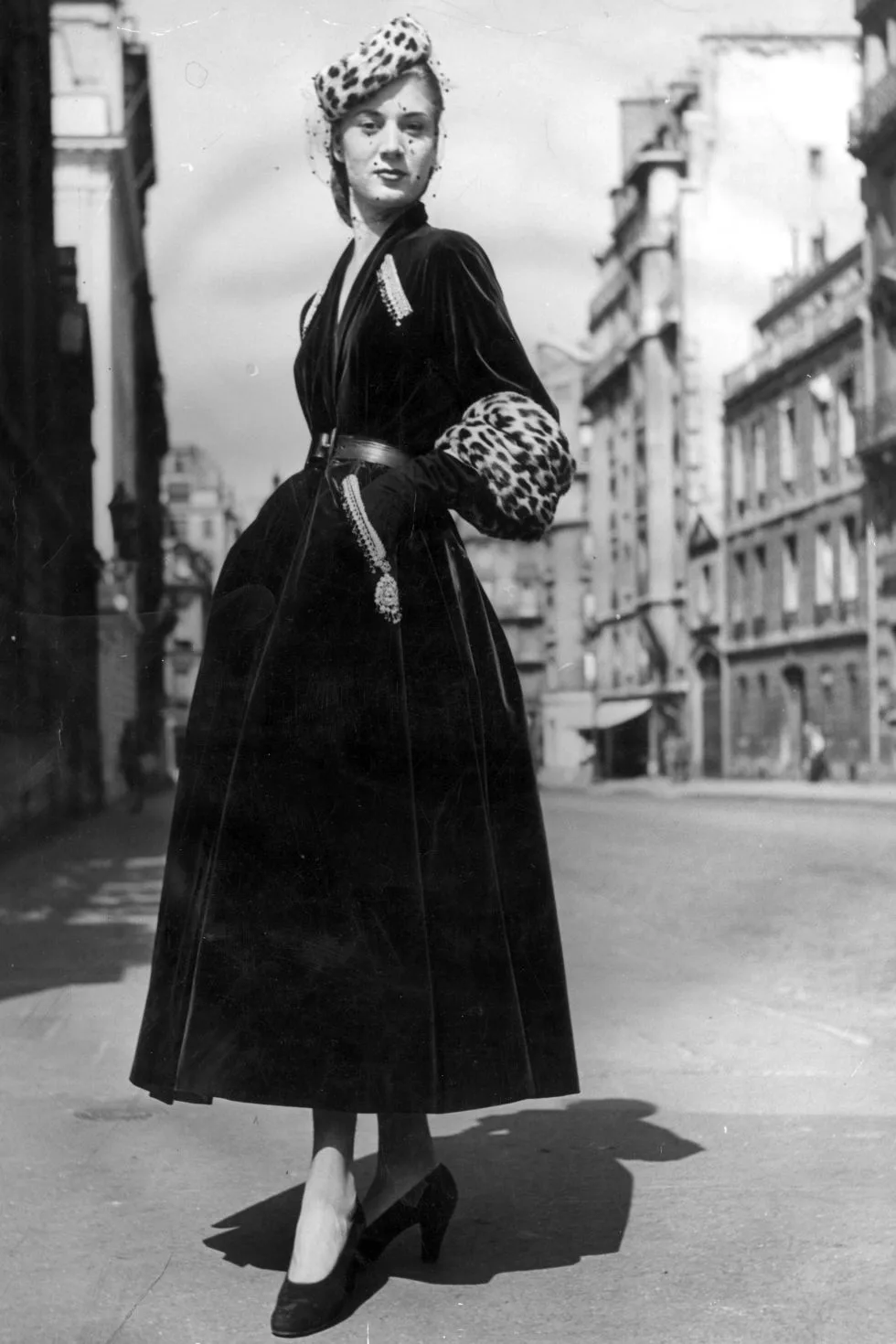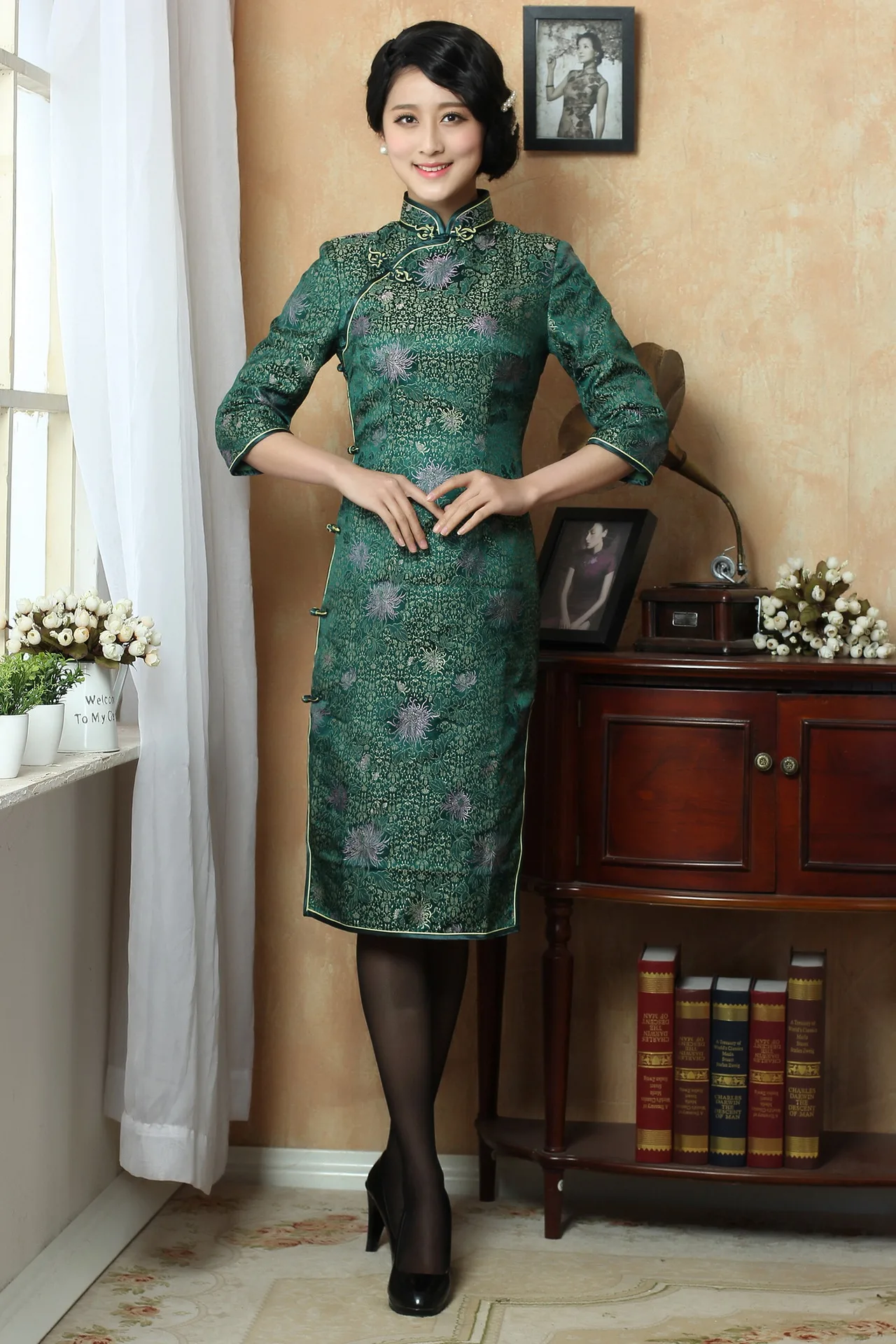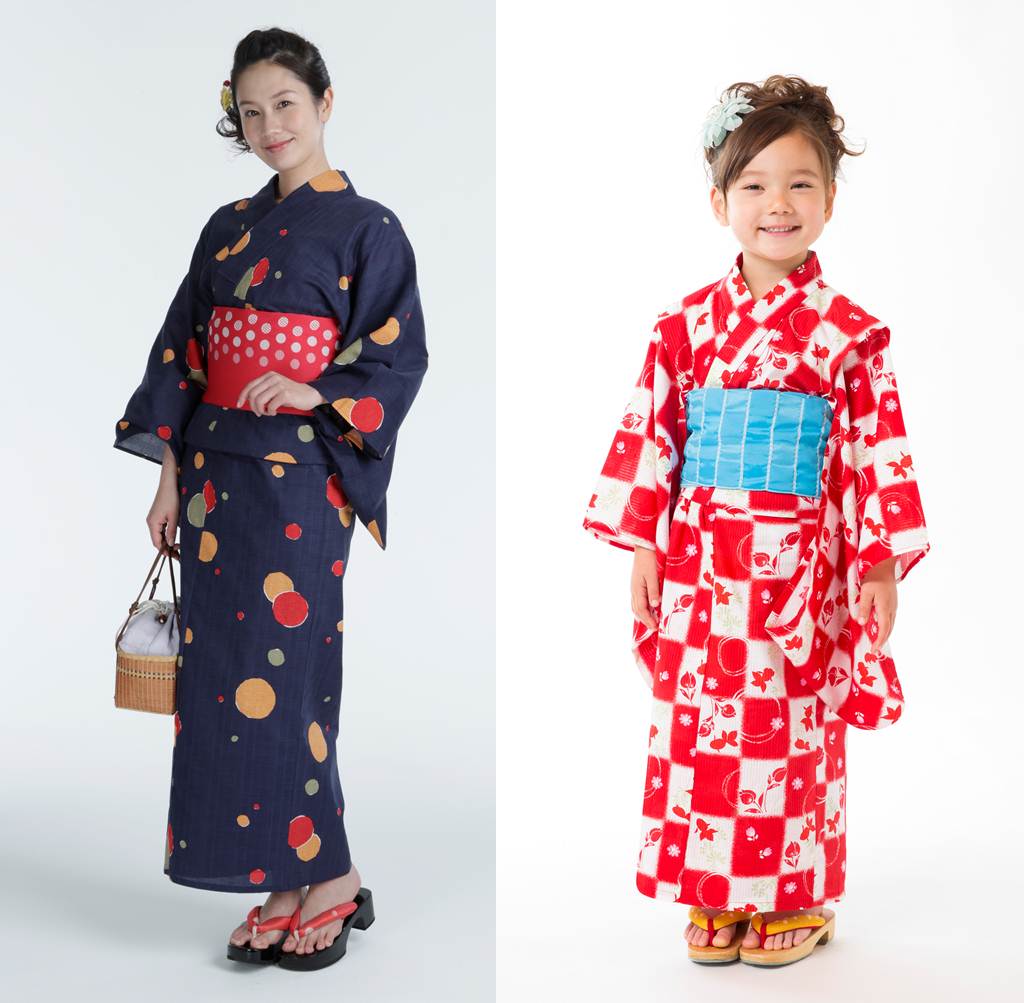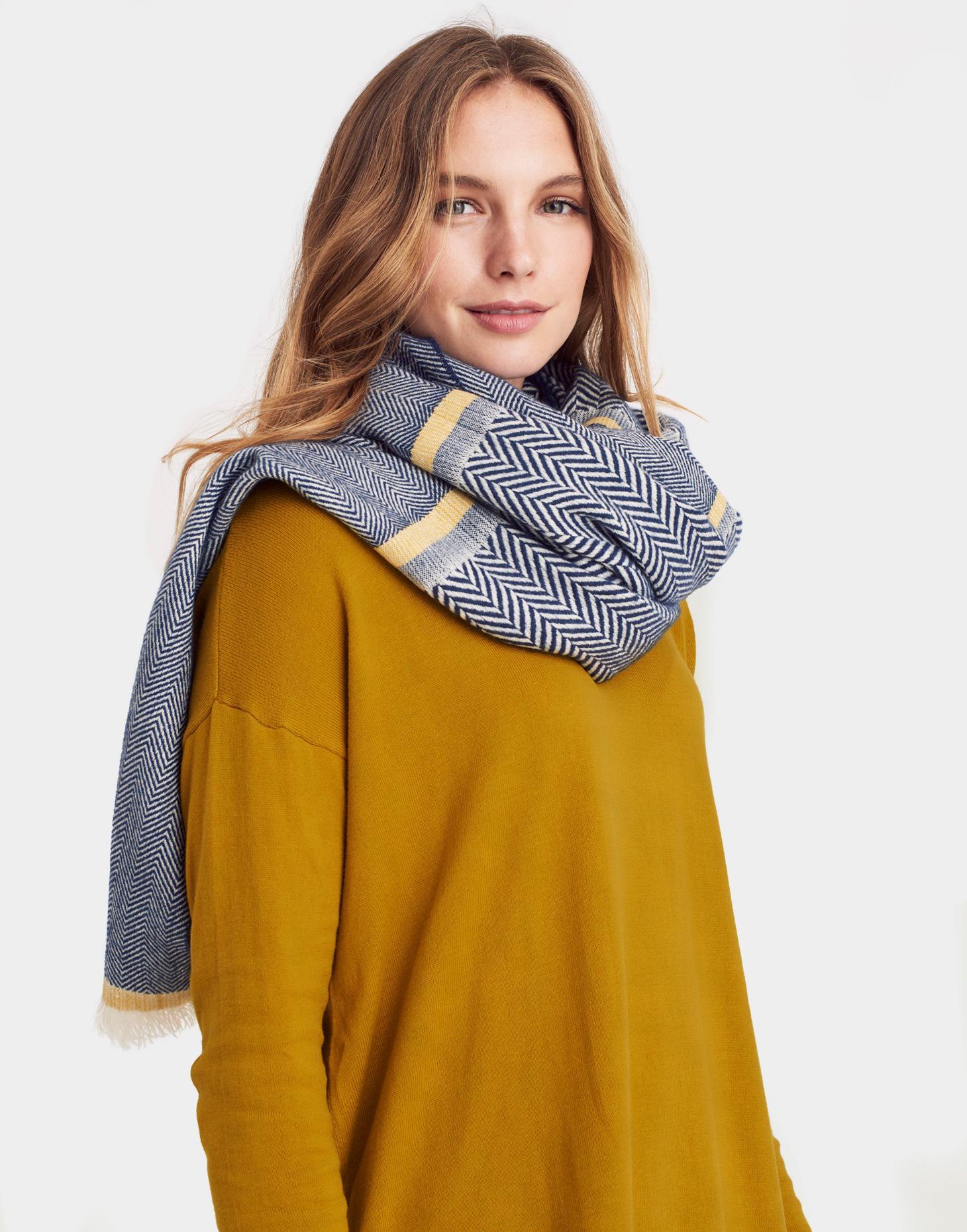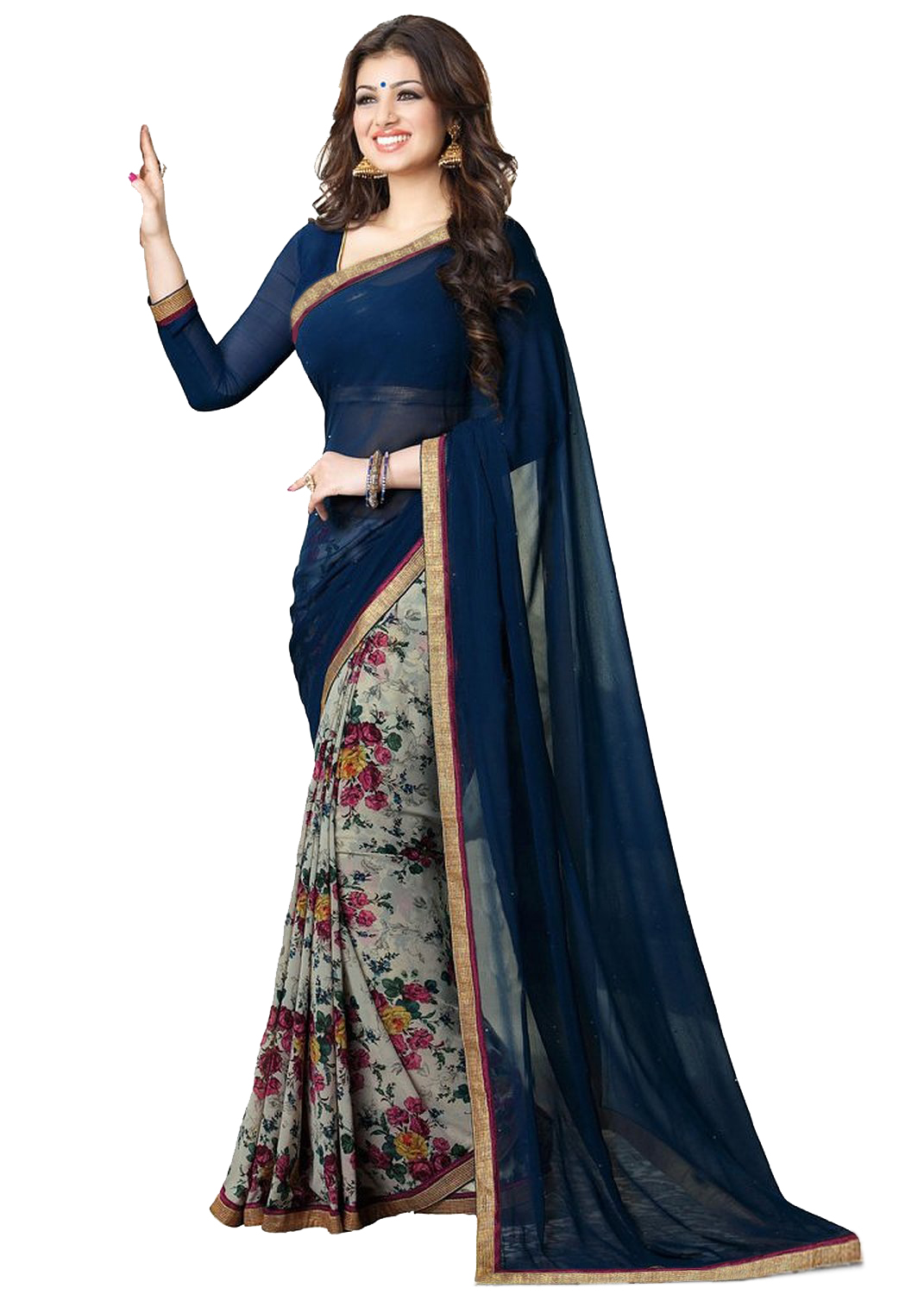Women’s Dresses
A-lineThe term “A-line” is used to describe a dress, skirt, or coat that has a triangular overall shape, narrow and fitted at the top and widening from the bust or waist downwards in the shape of the letter A. Specifically, it refers to a garment structure that stands away from the body, forming two sides resembling the letter A. The front part of an A-line dress often features darts for fitting, and its skirt is typically devoid of a waistband.
Academic Dress
for Women Academic dress is formal attire worn by students and officials at the commencement or graduation ceremonies. The most common styles of this attire mimic the everyday clothing worn by scholars in the 11th and 12th centuries. Typically, it includes a loose-fitting gown, a hood or cape, and some form of headgear; the contemporary form of this attire depends on the regulations set by the institution with which the student is associated.
Follow more topics and articles on this page
Activewear
for Women The roots of activewear, known as “athleisure,” trace back to designs tailored for high-performance sports like mountaineering, kayaking, and hiking, which gained popularity among urban youth in the 1970s.
Apron “Sarafon”
refers to a dress-like garment worn to cover the front of the body (derived from the French naperon, a small tablecloth). For centuries, people worldwide have donned them as protective women’s dresses, as well as indicators of marital status, rank, group affiliation, and adornment.
Party Dress
for Women A party dress is attire worn as eveningwear for attending formal parties or dance soirees. Beyond these basic descriptions, there are highly intricate conventions concerning the fit of party dresses for women. These glamorous evening dresses captivate viewers and enhance a woman’s femininity. Party dresses typically feature an open neckline, a snug bodice, bare arms, and a full, billowing skirt. Visually, party dresses stand out from other eveningwear with their intricately designed surfaces featuring layers of sequins, tulle, and distinguishing embellishments such as artificial flowers, ribbons, lace, and embroidery.
Ballet Dress
A ballet dress constitutes an integral part of stage design and can be regarded as a visual testament to a performance. Often, they are the sole remnants of a performance, representing an idealized image of the stage.
Blazer A blazer is a loose, lightweight sports jacket made of flannel fabric. It typically comes in both two and four-button styles, although many are four-buttoned, generally designed in navy or black with brass buttons, two side pockets at the hips, extends to the thigh, and often has a breast pocket. A well-tailored blazer even makes a person look smart in a pair of jeans. Overall, a blazer is a vital component of British style.
Blouse
Though the term “blouse” currently refers to a women’s upper garment with a different fabric than the skirt, this word is derived from the French name for a loose-fitting workman’s smock and was initially used in English for men’s and boys’ shirts. Women’s blouses, like familiar undergarments such as women’s smocks or undershirts, fulfill the same role as men’s shirts: they are in direct contact with the skin, absorbing body dirt and protecting outerwear.
Burqa
The practice of seclusion and veiling women in the Middle East apparently predated the advent of Islam in the seventh century AD, although Islam mandates its implementation. The Quran (Surah XXIV.31) advises women to “be modest, draw their head coverings over their chests and not reveal their adornment,” except to certain relatives, slaves, males, and children. In practice, this has resulted in the system of purdah—mandatory segregation and concealment of Muslim women under special garments in any situation where they may encounter unrelated men. These garments, in various forms, are used in different parts of the Islamic world.
Business Casual
for Women During the 1990s, a trend of wearing business casual attire for work in offices emerged in the United States. This trend soon expanded to other countries, including Canada, England, Scotland, and Australia. Casual attire in offices may reflect a broader social trend towards relaxed behavior and presenting one’s informal self in many aspects of life (Adler, 1995), and may signify a departure from traditional business practices (Adam, Kaiser, & Gray, 1999; Weiser, 1996).
Chador
The term “chador,” meaning “large piece of cloth” or “tent” in modern Persian, refers to a semicircular mantle, usually black, that envelops the head, body, and sometimes the face, and is held in place over women’s clothing by hand. Chador is worn by Muslim women outside or inside the home in the presence of unrelated men, men who lack the necessary conditions to be their husbands. This attire is used in Iran and with variations in other places, including parts of Afghanistan, Iraq, and Pakistan. The chador has a close association with the Islamic practice of hijab, which comes from the Arabic verb “hajaba,” meaning to screen from view or conceal.
Empire Dress
for Women The term “empire dress” traditionally refers to a women’s garment that is straight on both sides and loose at the waist. This term has often been used to describe women’s outerwear during transitional periods in fashion (especially during the 1780s and 1950s) and to distinguish new, free styles from old, tight-fitting models.
Fabric Crinoline Dresses
In the mid-19th century, the ideal female figure resembled an hourglass, with various types of voluminous skirts. These large skirts accentuated the waist, giving the impression of dignity and status to women; they were supported by layers of petticoats, some made with crinoline fabric, a stiff material woven from horsehair (the name derived from the French word “crin,” meaning horsehair, and “lin,” meaning linen). However, crinoline was expensive, heavy, prone to wrinkling, and not easily cleaned. To achieve the desired fullness of women’s skirts as demanded by the fashion of the time, a more effective support for the skirt was needed. Petticoats were expanded with whalebone and wooden hoops, and even with inflatable rubber tubes, with limited success.
Women’s Dance Attire
The relationship between dance and women’s dance attire is complex and not merely a reflection of dance practices in a particular era but also indicative of social behavior and cultural values. Women’s dance attire can be categorized into historical, ethnic or traditional, ballroom, modern, and musical styles. Fashion influences dance and vice versa.
Women’s Attire for Debut into Society
Formal white dresses and long gloves, once limited to young women from wealthy families, are increasingly worn by middle-class girls. Cultural variations, such as the quinceañera in Spanish culture, not only introduce a young woman to society but also reinforce her ethnic identity. While debut into society doesn’t necessarily mean the young woman is seeking a husband, the age range for such introductions varies from fifteen to around twenty, indicating the individual’s transition to adulthood.
New Dior Style in Women’s Fashion
A women’s fashion style was introduced by Christian Dior in his first women’s fashion collection in Paris on February 12, 1947. The style, tailored to the show’s program, conforms to “8” and “hourglass” shapes, as previously described: bright, round, emphasis on the chest, defined waist, prominent hips.
Masked Women’s Attire
The practice of ceremonies and festivities with masks in Europe has been customary for centuries. Transformed women’s attire in the 18th century, pioneering masked evening dresses in 19th and 20th-century events, owes its origins to the Venetian Carnival developed in the 17th century. It was a public event in the open air where all social classes participated in dancing, celebration, and practical jokes. Participants wore masks or elaborate costumes and donned dark shawl-like cloaks called “dominoes.”
Women’s Undergarments
Women’s undergarments are derived from the jupe or petticoat of the 18th century. Since the front of women’s skirts was open, the jupe had to be as beautiful and decorative as the outer skirt and was often made of high-quality materials. Around 1715, women’s undergarments turned into a type of undergarment that gave shape to the outer skirt using a series of hoops made of whalebone.
Origins of Sleepwear
Sleepwear, the clothing women and girls wear for sleep today, has been a puzzling expression throughout history. From the 16th to the 18th centuries, it was a loose-fitting men’s garment. In the 17th and 18th centuries, it was an informal women’s dress that, as its name suggests, was originally worn during the evening. Thus, women seemingly attended church with utmost modesty in sleepwear. While scholars believe that for much of Western history, no specific sleepwear was worn, in the 16th century, sleepwear for both sexes was essentially similar to daytime attire.
Short Skirts
The first short skirts were seen in the early 1960s, resembling the birth of rock and roll music. When rock and roll emerged in the 1950s, parents and clergy were vehemently opposed to it. They hoped it was a passing fad that would soon fade away. However, neither short skirts nor rock and roll disappeared. Both continue to exist as symbols of youthful rebellion.
Punk Fashion
Punk fashion cannot be discussed without at least mentioning its musical foundation. It must be recognized in the field of cultural studies that punk has added energy and a series of new responses to the theoretical construction of youth culture. Therefore, it can be considered as a nascent movement in presenting fashion styles and analyzing derived subcultures. It can be argued that punk culture stands at a pivotal point in the relationships between youth cultural styles and their commercialization.
Qipao
Qipao is a Chinese dress for women. This style is also known as cheongsam in Cantonese and has been widely adopted into the English language, albeit written in various ways.
Kimono
Kimono is recognized worldwide as Japan’s national dress. Made of a long silk fabric with a width of 14 inches, the kimono generally has a T shape, with its other sections mainly sewn straight, in vertical seams. Unlike typical Western clothing, the kimono is flat rather than three-dimensional and does not cling to the body. This women’s dress is more expressive of surface design using colorful patterns and/or stitching than of tailoring and weaving craftsmanship.
Skirt
A skirt is the lower part of a woman’s garment or a long, wide garment that covers the wearer from the waist downwards, termed by John Flugel as “the simplest and most primitive garment” (p. 35). He argued that the skirt had “a tempering effect,” with particular advantages: “Instead of merely supporting the two legs with something thin and airy between them, the person wearing a skirt occupies much more and larger proportions…which is often accompanied by a considerable increase in dignity” (p. 35).
Skirt
Supports The skirt has defined women’s clothing in Western fashion for centuries, potentially leading to an increase in the wearer’s perceived size and, consequently, her importance and dignity. Full-length skirts are often supported by voluminous petticoats, but stiffer structures are more effective and may be lighter and more comfortable. However, when used excessively, they can be very restrictive. Full-length skirts have been supported by farthingales in the 16th and 17th centuries, paniers in the 18th century, and crinolines or hoop skirts in the mid-19th century.
Sweatshirt
According to Merriam-Webster’s dictionary, the term “sweatshirt” was coined in 1925, referring to a collarless pullover with long, oversized sleeves made of soft cotton or thick wool. The first sweatshirts were worn by athletes during training for traditional sports. Sweatshirts not only provided warmth but also had the ability to absorb sweat generated during exercise.
Yukata
Until the early 2000s, the yukata, dating back to the Edo period (1603-1868), remained a loose-fitting, T-shaped cotton garment with overlapping collars similar to a kimono. Its fans see it more as a bathrobe than a real kimono. The modern yukata’s ancestors include the katabira, a shapeless tree leaf (usually made of hemp or plant fibers) used by upper-class individuals during the summer. The yukatabira (the “yu” derived from the Japanese word for bathing) was worn after bathing as a way to dry the body; bath towels were not used in Japan at that time.
Jacket
A jacket or coat is a short, snug garment with a hood designed to protect the upper body from the wind. Jackets, worn by both women and men, are informal women’s clothing and contrast with coats, which are considered formal.
Scarf
Scarves for women have been a stable fashion accessory for hundreds of years, whether in the form of a simple handkerchief or made of luxurious silk. Scarves have been worn by women around the neck or as a head covering or neck scarf. Made in various shapes from fabric, including triangular, square, or rectangular, they are often printed with patterns, but weaving techniques, fabric printing, painting, and crochet are also used to create different designs on them. While the popularity of scarves has fluctuated throughout history, they were considered essential fashion items by dancers, cinema stars, socialites, fashion designers, and photographers in particular decades of the 20th century.
Sari
The term “sari” is generally used for a wide range of garments, including any length of unstitched fabric draped with about five meters in length, worn by women in South Asia. However, outside the region, the common term “sari” refers to a standard form of dress. Most urban women prefer the NIVI style, but this style is relatively new. Only in India, about a hundred other forms of this garment are still used. These variations range from the “kolisht eight-yard” model to the fisherwoman model in Maharashtra and the Bengali triple-twist model, each distinct in its design.
Shawl
The shawl, as an item of contemporary women’s clothing, originated from the Indian shawl, which is a men’s garment consisting of an unstructured length of fabric with woven or sewn patterns. The first shawls were used in India or elsewhere by men, although this practice was mainly reserved for those involved in colonial trade. Britain had strong trading ties with India from the late 17th century, and after 1757, the British East India Company “was inseparable in its effective colonization” (Morgan, p. 460). These historical developments created a significant cultural shift in England’s relationship with India, leading to some enthusiasm for their use of “exotic” embellishments such as the shawl (Morgan, p. 460).



























